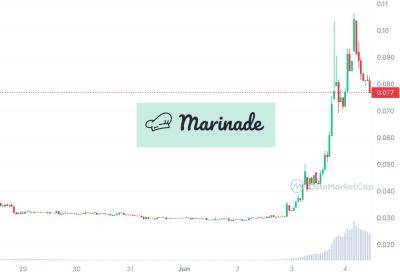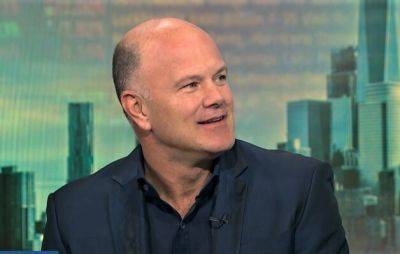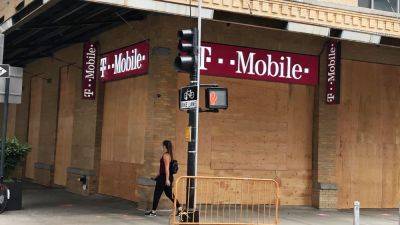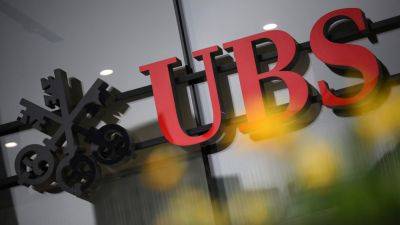This is the reality of running a small restaurant in Britain right now. It’s a miracle we survive
A t my restaurant, an independent Malaysian laksa bar in north London, we have a sharing plate of fried chicken on the menu. It isn’t just any old fried chicken. Instead of wings, we use strips of tender chicken thigh that are marinated in a satay spice paste before being dredged in eggs and a spiced gram-flour coating. It is fried in oil and served with a roasted peanut sauce. It costs £13.
You may think that sounds like a lot and a few customers seem to agree: we’ve been getting reviews in which people complain about our “expensive” prices. I understand the impulse; it’s a difficult time for most people and eating out has become a luxury. But let me break down the total costs of running a restaurant using our fried chicken as an example.
After taking off 20% VAT from the £13, we are left with £10.80, from which we deduct the following:
Chicken and other ingredients: £3 Staffing: £4.50 Rent and business rates: £2 Lights, heating/AC, fryers: £1
That’s a princely 30p profit once everything is factored in.
Why am I telling you this? To make it clear: if you cherish having independent, local restaurants on your high street, instead of endless chains, then it’s time to support us and get the government to act. Because, after the pandemic and now with the inflation crisis, we are facing extinction.
As a recent headline in the trade publication Restaurant magazine put it: “Hospitality faces ‘record insolvencies’ as businesses continue to be battered by a ‘perfect storm’ of cost pressures.” But the picture isn’t the same for everyone. Gordon Ramsay Restaurants was able to triple its turnover in its last financial year (£78.9m in 2022 up from £26.2m in 2021), having taken over sites from struggling rival burger chains, like Byron
Read more on theguardian.com















